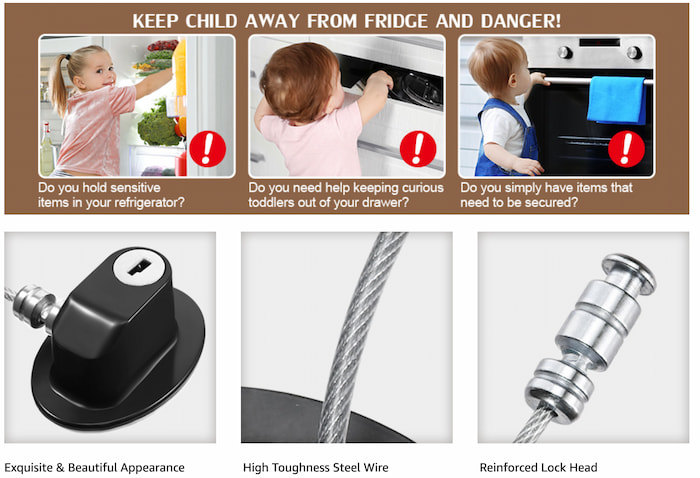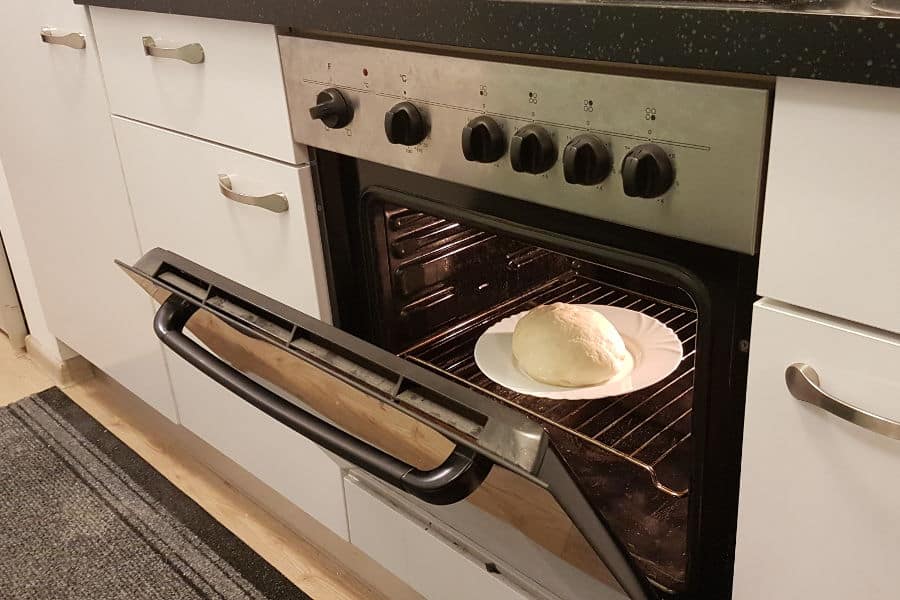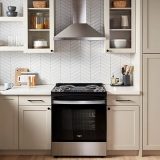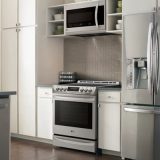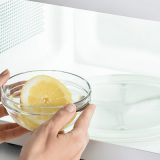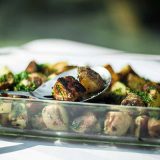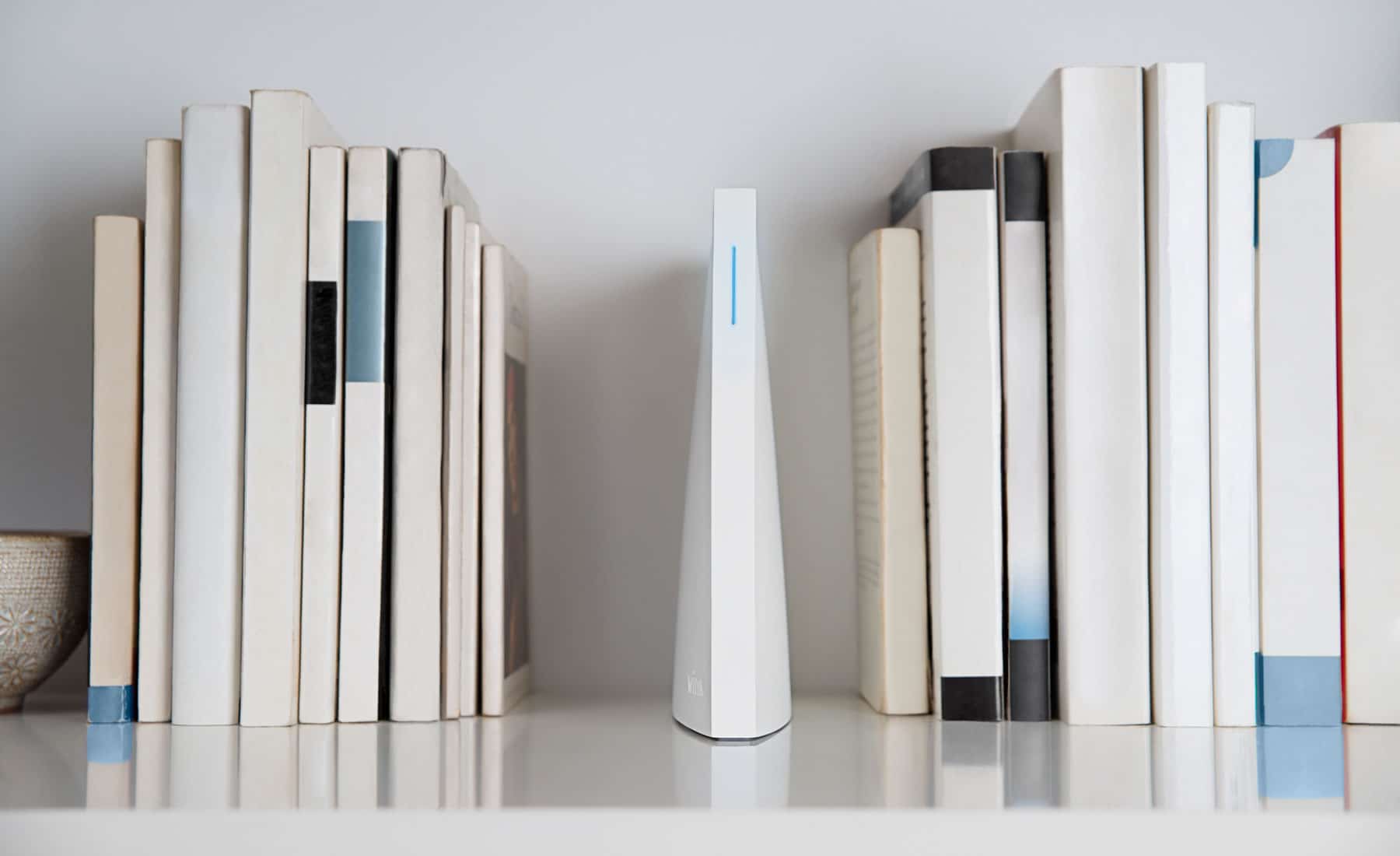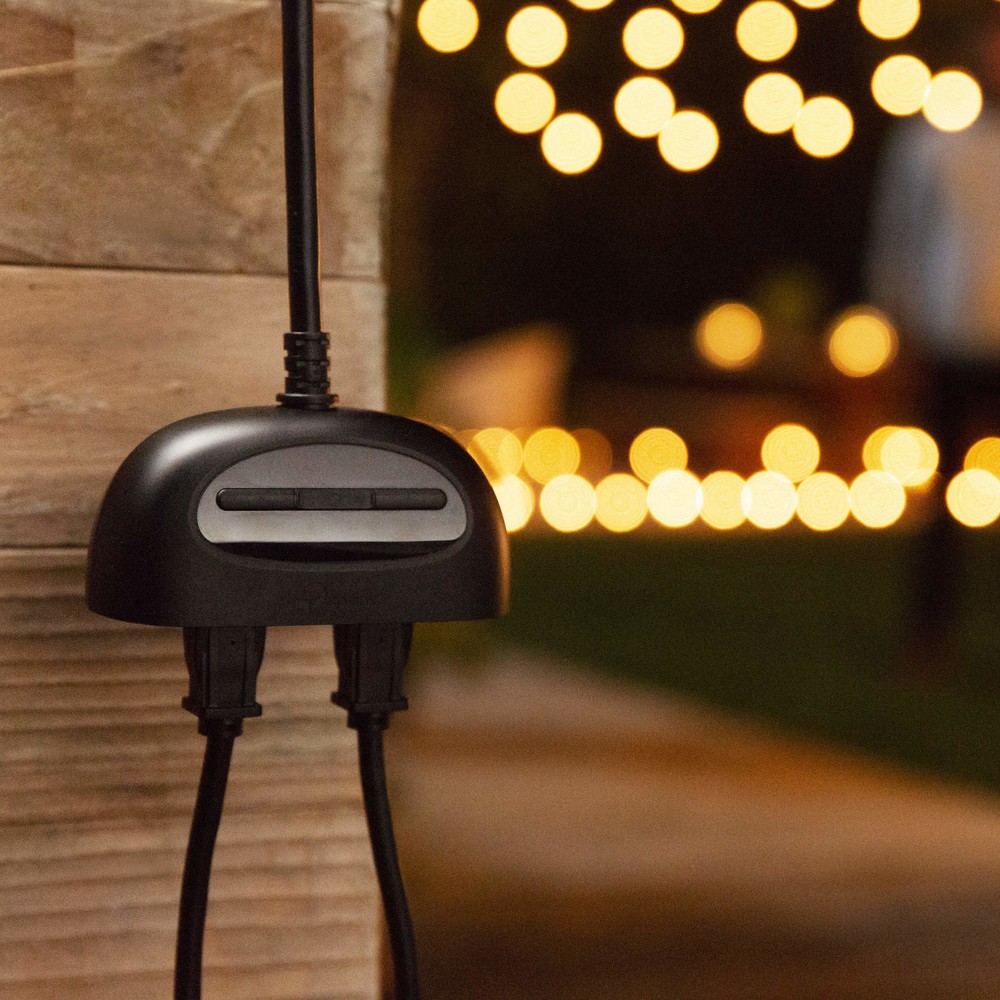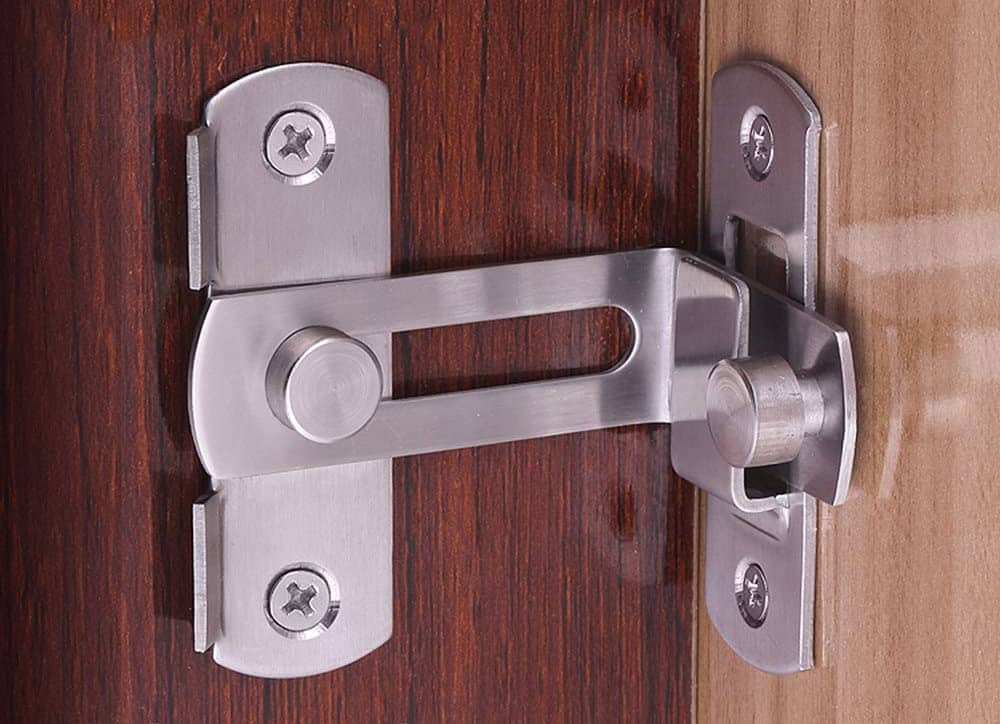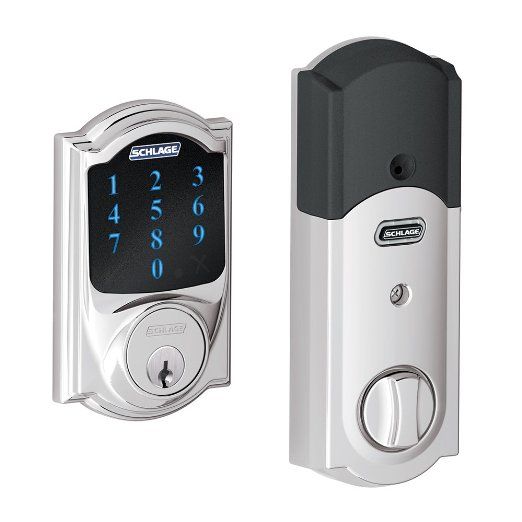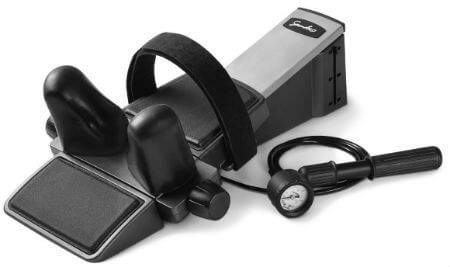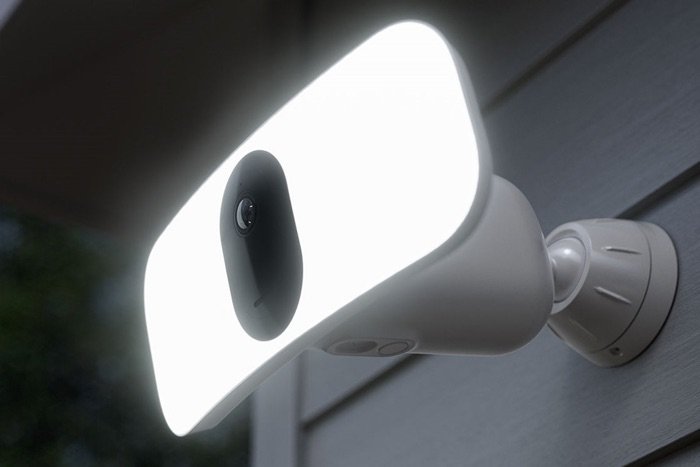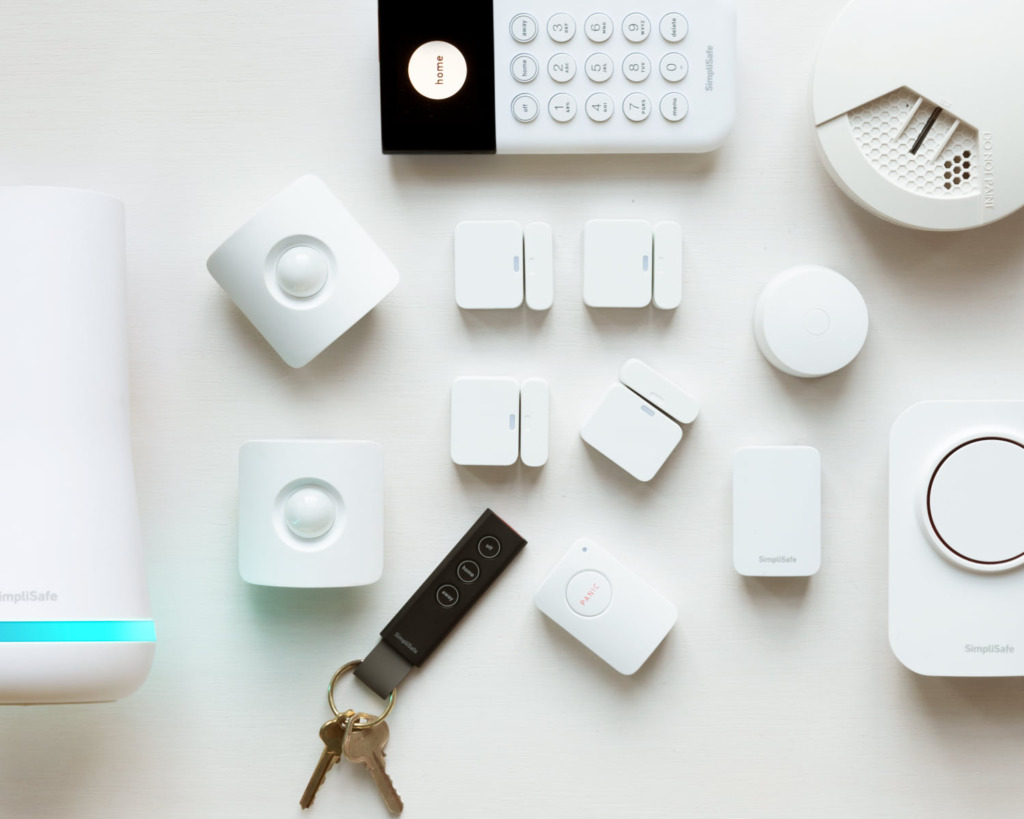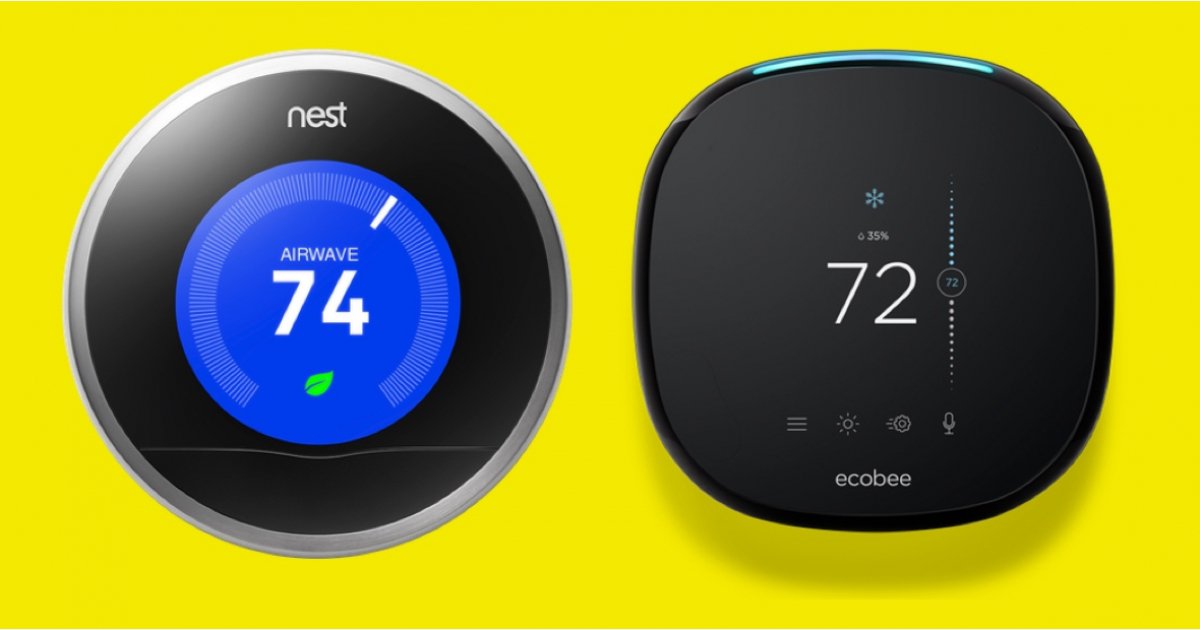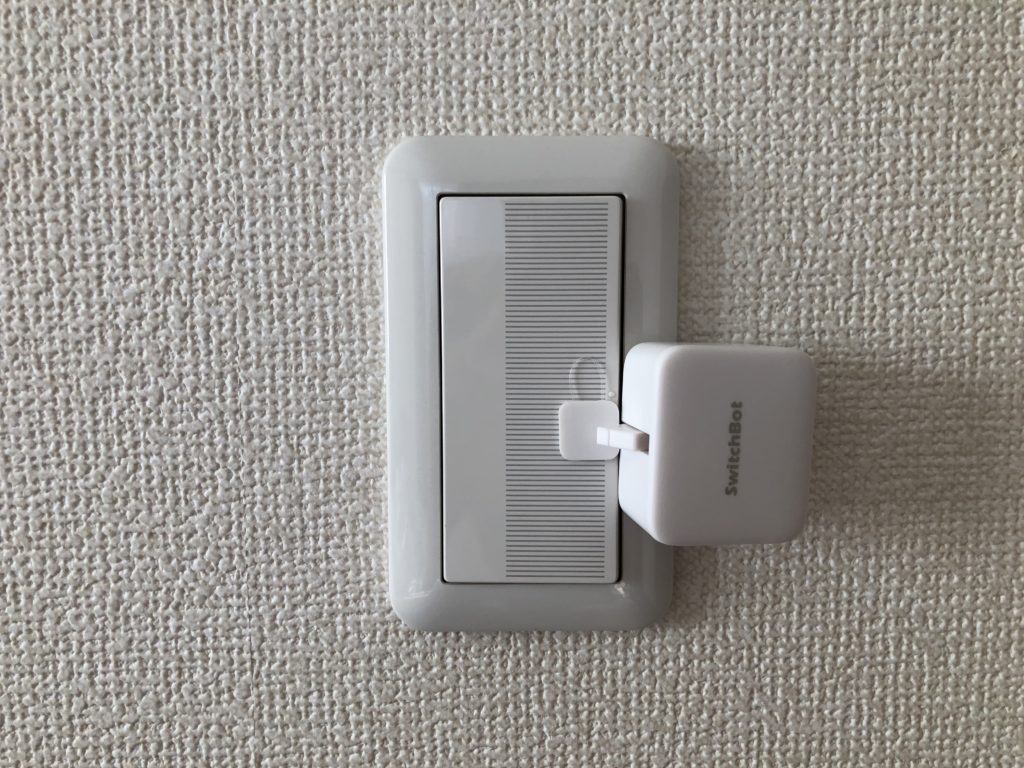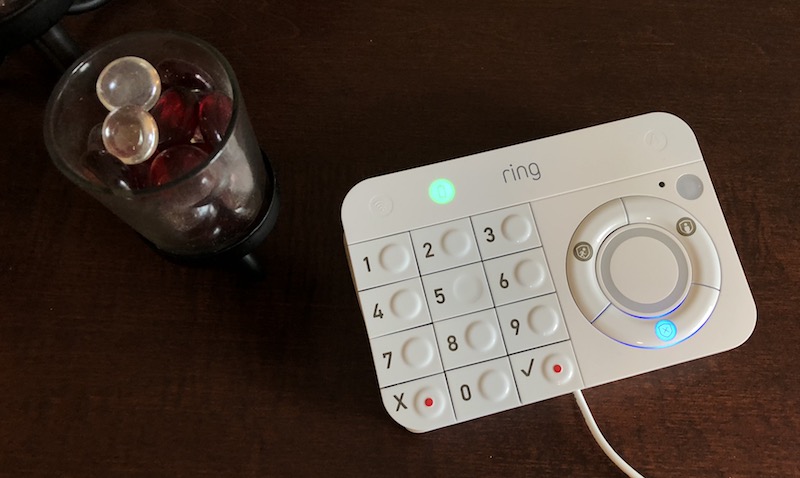Like a smoke signal rising from a distant cliff, is the smoke from your oven a message to you? What caused the smoke in the oven? What else can you do to keep your oven from smoking?
The cause of the smoke can be as mild as the burning of residual food particles that are being charred.
At worst, it could be an oven malfunction and a fire alarm. There are many reasons why ovens smoke. Read on to learn more.
Table of Contents
Causes of Smoking Ovens
It’s Brand New
If your oven is new, this is likely to be the cause of the smoke, this is because the oven and burner itself are made with paint, when the oven is running, the coating will produce smoke when burning, is, for this reason, manufacturers recommend you will empty running under the environment of the high-temperature oven for 30 minutes to 1 hour, set the oven to 400 ° and 600 ° F, F Then burn off the coating. Be sure to read the owner’s manual carefully before you start using the oven.
Leftover Cleaning Products
Another kind of chemical residue can make your oven smoke, making you worry that if you’ve cleaned your oven recently, there could be a residual detergent, and residual cleaning products are often the culprit. When cleaning ovens with chemical cleaning products like foam sprays, they inevitably leave behind residues that burn when the oven is turned on and create smoke that is not only unpleasant but also full of chemicals you might not want to inhale in excess. Even if you think you wiped it clean, you may need to rub it again with a solution of vinegar and water, just in case. Also, after the oven cools, make sure to clean the inside top, sides, bottom, and doors to make sure everything is covered.
Food Remains
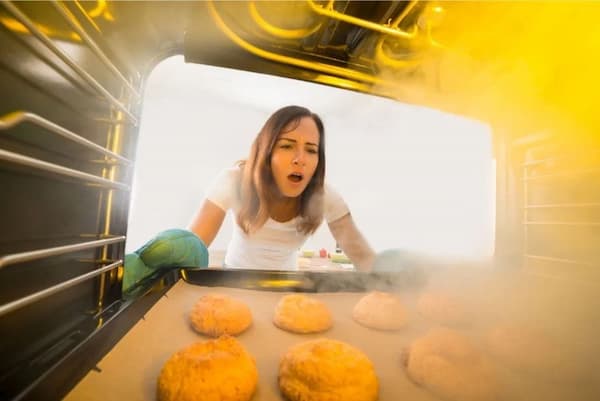
Most of us have probably had the experience of smoking in the oven over leftovers from a previous meal. This could be large drops of food or liquid that fall or spill over during cooking and burn on the hot floor of the oven or months or years of cooking grease inside the oven that starts to smoke when heated to high temperatures.
The device is especially prone to smoke if you haven’t used the grill in your oven for a while.
While food and cooking fluids are not a problem, just wash your oven after it has cooled, the build-up of grease can cause a fire, so make sure you take immediate action if your oven is smoking from grease.
Wrong Positioning of Food
The arrangement of food may cause the oven to smoke.
Food placed too close to the top or bottom of the element will smoke, singe or even burn.
This is especially true when you’re grilling or baking foods that are high in fat
Broilers become very hot and tend to scorch their food, causing it to smoke. The same is true of the main burner or heating element at the bottom of the oven when baking. Fatty foods smoke easily if cooked too fast or in a too-hot oven. Do not allow grease to drip onto the burner or components. Grease not only smokes, but it can also cause fires. Therefore, when grilling, food should be kept at least three inches away from the grilling elements at the top of the oven.
When baking, food should be three inches away from the bottom heating element/gas flame.
Place a drip tray to avoid dripping onto the heating element/gas flame at the bottom of the oven. Grease that falls off during baking can cause fires in the oven.
High Gas Pressure
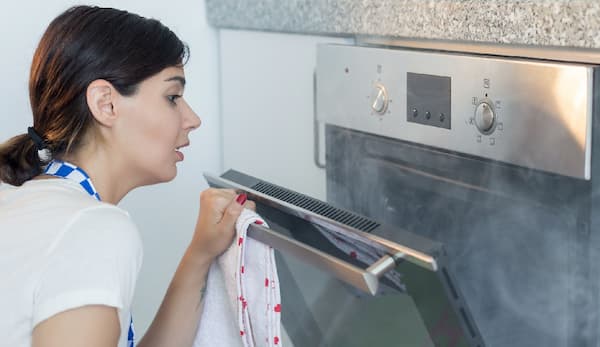
If your gas cooker is smoking and you don’t know why don’t rule out the possibility that the gas pressure in your home is too high. High air pressure can cause the stove’s flame to overburn, causing it to expand and smoke when it reaches maximum temperature.
This happens in gas stoves. As the pressure becomes high, the flame begins to reach the rack. It creates a lot of smoke.
The higher the pressure, the higher the flame that causes the oven to catch fire!
You can consult your oven manufacturer about smoking due to high gas pressure, turn the flame down and your oven will stop smoking.
Broken Heating Element
With an electric oven, the top and bottom heating elements will eventually wear out. Damaged or about to fail heating elements can also cause smoke in the oven, and overheating can short-circuit one of the elements during the cleaning cycle of the self-cleaning oven or over time. If the bottom element does not glow red during the baking setup, or the top element does not glow red during the baking setup, the element is probably not good. Sometimes you can hear a hum or see smoke as they are burning. If this is the case, turn off the power to the breaker or unplug the oven. Then, remove the screws that hold the components in place, disconnect the wires, and replace the components with new ones from stores that specialize in oven parts. With an electric oven, the top and bottom heating elements will eventually wear out. Overheating can cause one of the components to short-circuit during the cleaning cycle of a self-cleaning oven or over time. If the bottom element does not glow red during the baking setup, or the top element does not glow red during the baking setup, the element is probably not good. Sometimes you can hear a hum or see smoke as they are burning. If this is the case, turn off the power to the breaker or unplug the oven. Then, remove the screws that hold the components in place, disconnect the wires, and replace the components with new ones from stores that specialize in oven parts.
Whether it’s the grill or the main electric heating element, the buildup of excess heat can shorten the oven and produce smoke. You can test if this is the case by turning off the oven and turning it on again, then waiting 15-20 minutes to see if the heating element (grill or main heating element) glows red.
Self-Cleaning Operation Going On
In self-cleaning mode, the oven emits a lot of smoke.
This is because food scraps burn at high temperatures.
These burns produce smoke according to their quantity. A lot of leftovers give off a lot of smoke.
To reduce smoke emissions, clean the oven with a damp cloth before starting the self-cleaning cycle.
You can also turn off the oven between self-cleaning operations. Let the oven cool.
Open and remove removable slime. Now, start the self-cleaning setting again for a shorter duration.
How to Avoid a Smoking Oven
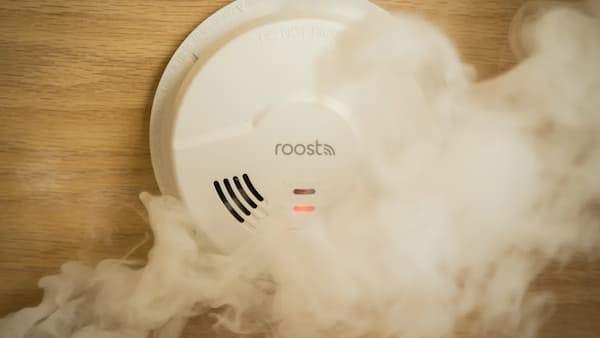
- Use baking pans and drip pans below to collect dripping and falling food particles.
- Clean your oven once a month with baking soda or vinegar.
- As soon as you find molten aluminum in the oven, remove it.
- After each use of the oven, wipe the walls, roof, and bottom with a damp cloth, followed by a dry cloth.
- Do not place any MATS or sheets on the holes in the bottom of the gas stove
- Remove the rack and rinse separately with hot soapy water.
- Use the self-cleaning function with caution. If possible, use only five or six times a year.
- Don’t put pizzas and steaks directly on the shelf. Use a roasting pan or roasting pan or steak pan to hold them.
- Avoid placing high-fat foods too close to heating elements. They can burn and even catch fire. Keep the top and bottom heating elements (flame burners for gas stoves) three inches away from the food.
Conclusion
As you know by now, there are many reasons why an oven can smoke. You have to figure out why by analyzing your oven and repairing it accordingly. Causes can range from burning food particles to faulty heating elements. Maybe even the way you put the food in.
Place high-fat foods three inches from the top baking element and the bottom baking element. Use a drip tray to catch water.
In the case of gas stoves, the high pressure released by gas valves is the culprit. New ovens smoke until the factory’s oil coating burns off.
Avoid using chemical solutions to clean ovens. They tend to leave a burning residue and emit smoke.
Frequent self-cleaning can also place a load on the heating element, causing it to overheat and disappear.
Anyway, take a deep breath and turn off the oven.
Let it cool a bit, then thoroughly wipe the inside of the oven with a damp cloth. Use a scraper to remove any sticky material.
Keep the oven clean and wipe off any remaining food and grease. Restart the oven and continue baking.


